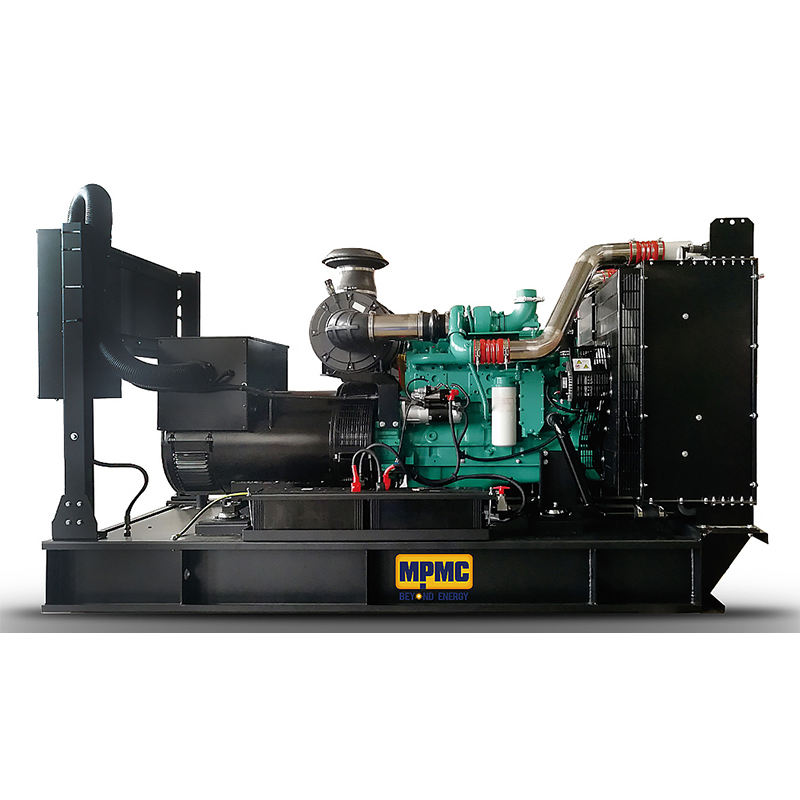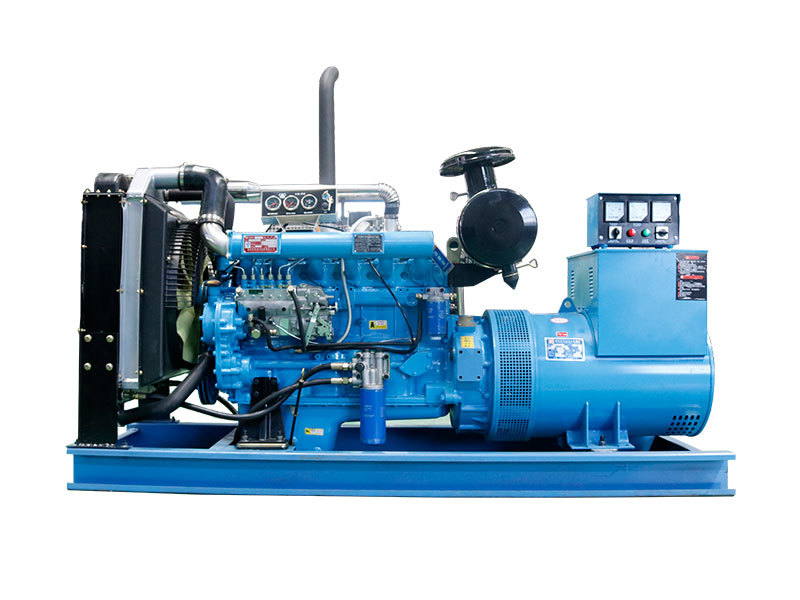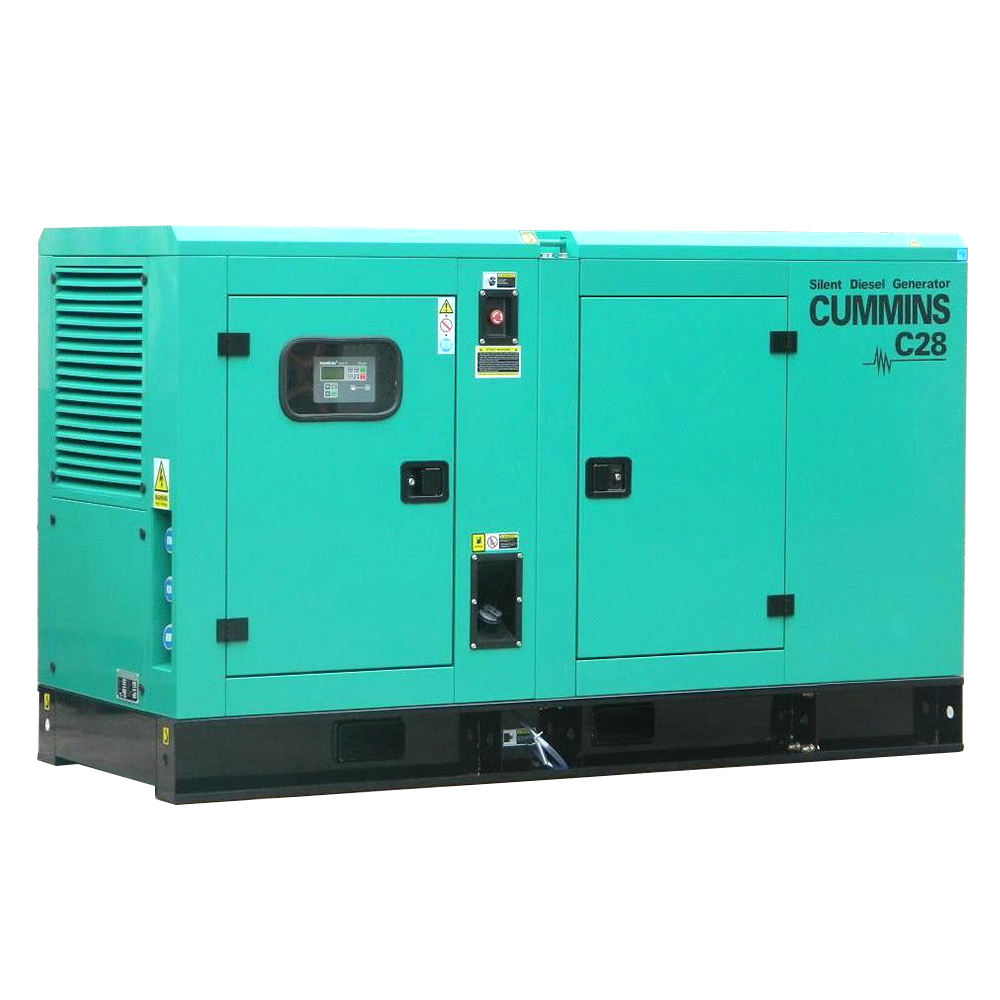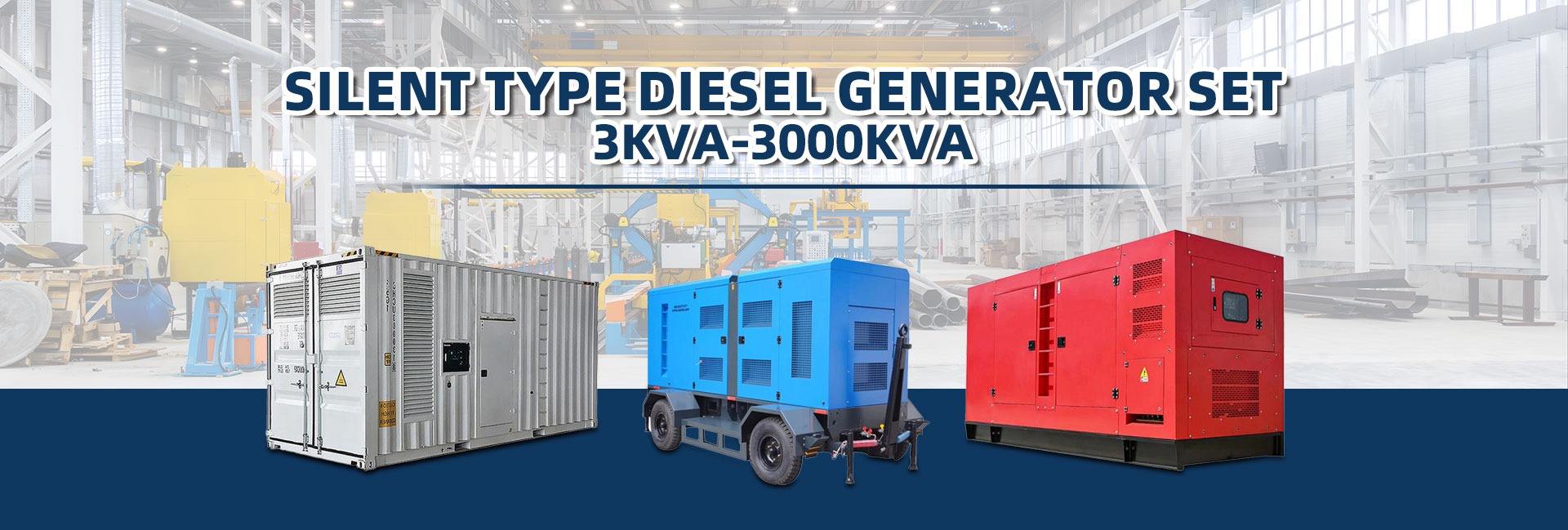The 2025 Industrial Generator Set Buying Guide: Uncover True Total Cost of Ownership
When the time comes to invest in a new industrial generator set, the most prominent figure is often the initial purchase price. It’s big, it’s bold, and it frequently dominates the decision-making process. But focusing solely on this upfront cost is one of the most significant, and potentially costly, mistakes a facility manager or business owner can make. The sticker price is merely the tip of the iceberg. The true financial impact of a generator lies submerged beneath the surface, in a comprehensive figure known as the Total Cost of Ownership (TCO).
This guide is designed to help you navigate the complexities of purchasing an industrial generator in 2025. We will go beyond the superficial to help you uncover the true, long-term costs associated with your power generation strategy. Because, let’s be honest, the generator that seems like a bargain today could easily become a financial drain over its 15- to 20-year lifespan.
Beyond the Sticker Price: Why Total Cost of Ownership is Crucial in Your 2025 Buying Decision
So, what exactly is Total Cost of Ownership? TCO is a financial estimate that includes all direct and indirect costs associated with an asset over its entire life cycle. For an industrial generator set, this means looking far beyond the initial invoice. It encompasses everything from installation and fuel to maintenance, repairs, regulatory compliance, and even eventual decommissioning.
In 2025, understanding TCO is more critical than ever. Energy markets are volatile, environmental regulations are tightening, and the cost of downtime has skyrocketed. A generator isn't just a piece of backup equipment; it's a critical insurance policy for operational continuity. When the grid fails, what is the real cost to your business for every hour you can't operate? For data centers, manufacturing plants, or healthcare facilities, that number can be astronomical.
Many experts agree that a TCO-based approach shifts the purchasing decision from a simple price comparison to a strategic investment analysis. It forces you to consider long-term value, reliability, and efficiency—factors that have a much greater impact on your bottom line than a small, upfront saving. It's the difference between buying a machine and investing in a reliable power solution.
Deconstructing the Initial Investment: The First Piece of the TCO Puzzle
While TCO is about the big picture, the journey begins with the initial capital expenditure. However, even this "upfront" cost is more complex than it appears. It's not just the price of the generator itself. A thorough 2025 buying guide must break down this initial phase into its core components.
The Generator Set and Ancillary Equipment
This is the most obvious cost. It includes the engine, the alternator, the control panel, and the base frame. However, you must also account for essential ancillary systems, such as:
- Automatic Transfer Switch (ATS): The brain that detects a power outage and signals the generator to start, seamlessly transferring the load.
- Switchgear: For more complex applications, switchgear is needed to manage and distribute power to various circuits.
- Fuel System: This includes the main fuel tank, day tank, piping, and fuel polishing systems to ensure fuel quality. The size and complexity will directly impact the cost.
- Enclosure: A weather-protective or sound-attenuated enclosure is almost always necessary for outdoor installations or in noise-sensitive areas.
Installation and Commissioning
A generator is not a plug-and-play device. The cost of getting it operational can be substantial. It's worth noting that installation costs can sometimes approach 50% of the equipment cost, depending on the site's complexity. These costs include:
- Site Preparation: Pouring a concrete pad, trenching for electrical and fuel lines, and ensuring proper ventilation.
- Electrical Work: Running conduit and cabling from the generator to the ATS and into the building's main electrical panel.
- Mechanical Installation: Rigging and setting the generator, connecting the exhaust and fuel systems.
- Commissioning: This is a critical final step where a certified technician performs load bank testing to verify the generator performs to specification under real-world conditions. Skipping this step is a recipe for failure.

The Hidden Giants: Uncovering Operational Costs in Your Generator Set's Lifecycle
Here is where the true Total Cost of Ownership begins to reveal itself. Operational costs, or OpEx, are the ongoing expenses you will incur for as long as you own the generator. In my experience, these costs often dwarf the initial investment over the unit's lifetime.
Fuel Consumption: The Thirsty Engine
For most industrial generators, particularly those used for prime power or frequent standby testing, fuel is the single largest operational expense. A seemingly small difference in fuel efficiency between two models can translate into tens of thousands of dollars over the years. When evaluating this, consider:
- Fuel Type: Diesel has historically been the standard due to its power density and engine longevity. However, with fluctuating prices and emissions concerns, natural gas and dual-fuel options are becoming increasingly popular in 2025. Natural gas offers lower fuel costs and cleaner emissions but requires a reliable utility connection.
- Efficiency Ratings: Don't just look at the full-load consumption. Analyze the generator's efficiency at 50%, 75%, and 100% load. Your typical operating scenario will determine which of these is most important.
Maintenance, Servicing, and Repairs
A generator is a complex piece of machinery that requires regular, preventative maintenance to ensure it starts when you need it most. Deferring maintenance to save money is a dangerous gamble.
- Routine Maintenance: This includes weekly inspections, monthly tests, and semi-annual or annual servicing (oil changes, filter replacements, coolant system checks, battery testing).
- Major Overhauls: Depending on the run hours and manufacturer recommendations, engines require major overhauls at set intervals (e.g., every 10,000-20,000 hours), which can be a significant expense.
- Service Contracts: Many businesses opt for a service contract with a qualified provider. While this is a recurring cost, it provides budget predictability and ensures maintenance is performed correctly and on time by certified technicians. Compare this to the cost of training and equipping an in-house team.

Navigating 2025 Regulations and Environmental Compliance: A Key TCO Factor
In 2025, you cannot purchase an industrial generator without carefully considering the regulatory landscape. Compliance isn't just a legal requirement; it's a direct and ongoing component of your TCO.
Emissions Standards
In the United States, the EPA's Tier 4 Final emissions standards for non-road diesel engines are the law of the land for most new generator applications. Meeting these stringent standards requires advanced engine technology and exhaust after-treatment systems.
- Selective Catalytic Reduction (SCR): Most Tier 4 Final engines use SCR systems, which require Diesel Exhaust Fluid (DEF) to convert nitrogen oxides (NOx) into harmless nitrogen and water. DEF is a consumable fluid and a recurring operational cost that must be factored into your TCO calculations. You need to budget for the fluid itself, the storage tank, and the labor to manage it.
Noise and Local Ordinances
Beyond emissions, local jurisdictions have their own rules, particularly regarding noise. A standard generator can be incredibly loud. Failing to meet local noise ordinances can result in fines and operational restrictions. The solution is a sound-attenuated enclosure, which adds to the initial cost but is essential for compliance in residential, commercial, or hospital zones.
Interestingly enough, investing in a generator that exceeds current standards can be a smart long-term play. It "future-proofs" your investment against even tighter regulations down the road, helping you avoid costly retrofits or forced replacements.
The Long Game: Factoring in Lifespan, Reliability, and Decommissioning Costs
The final pieces of the TCO puzzle involve looking at the generator's entire lifespan, from its reliability during service to its eventual retirement.
Expected Lifespan and Build Quality
Two generators with the same power output can have vastly different build qualities. A premium industrial-grade unit from a reputable manufacturer, featuring a robust, low-RPM (1800 RPM) engine, is designed for longevity and will have a much longer operational life than a cheaper, high-RPM model. Paying more upfront for a higher-quality engine and alternator often results in a lower TCO because of a longer lifespan and fewer major repairs.
The Unquantifiable Cost: Reliability and Downtime
This is the most critical and, to be honest, the most difficult cost to calculate. But it's arguably the most important. What is the cost of failure? If your generator fails to start or transfer the load during an outage, what are the consequences for your business?
- Lost Revenue: For a retail business or e-commerce warehouse, every minute of downtime is lost sales.
- Lost Production: For a manufacturing plant, an outage can halt production lines, ruin batches of product, and lead to immense financial losses.
- Data Loss and System Damage: For a data center, the cost of an outage can run into millions of dollars per hour.
- Safety and Reputation: For a hospital or assisted living facility, a power failure is a life-safety issue. The reputational damage can be irreparable.
A more reliable, higher-quality generator significantly reduces this risk. This "insurance value" is a core, albeit hidden, benefit that directly impacts the wisdom of your buying decision.
Decommissioning Costs
At the end of the generator's useful life, you can't just leave it on the pad. There are costs associated with safely disconnecting, removing, and properly disposing of the unit, including draining fluids and handling materials according to environmental regulations. While not a massive expense, it's a final TCO element that should not be overlooked.
A Practical TCO Calculation: A 2025 Buying Guide Checklist
To truly uncover the Total Cost of Ownership, you need to move from theory to practice. When comparing generator set quotes in 2025, don't just look at the price. Use this checklist to build a more accurate financial picture for each option over a projected 15-year lifespan.
Initial Costs (CapEx):
- [ ] Generator Set Price
- [ ] ATS & Switchgear Price
- [ ] Fuel Tank & System Price
- [ ] Enclosure Price
- [ ] Shipping & Delivery Fees
- [ ] Permitting & Engineering Fees
- [ ] Site Prep & Installation Labor
- [ ] Commissioning & Testing Costs
Ongoing Operational Costs (OpEx - Annualized):
- [ ] Annual Fuel Cost (Est. Run Hours x Fuel Consumption Rate x Fuel Price)
- [ ] Annual DEF Cost (If Tier 4 Final)
- [ ] Annual Preventive Maintenance Contract or In-House Labor/Parts Cost
- [ ] Budget for Unplanned Repairs (e.g., 1-2% of initial cost per year)
- [ ] Operator Training Costs
By diligently filling out this checklist for each model you're considering, you will replace a simple price tag with a powerful, long-term financial projection. You will almost certainly find that the generator with the lowest initial price is rarely the one with the lowest Total Cost of Ownership. In 2025, making a smart, informed decision means looking at the whole picture. It's an investment in reliability, compliance, and, ultimately, your business's continued success.
For more detailed information, please visit our official website:industrial generator set
About the author: David Chen is a Senior Power Generation Consultant with over two decades of experience helping industrial and commercial clients navigate the complexities of power system design and implementation. He specializes in Total Cost of Ownership analysis, ensuring businesses invest in reliable, efficient, and compliant generator solutions. David is passionate about demystifying technical specifications and empowering clients to make sound financial decisions that support their long-term operational goals.




